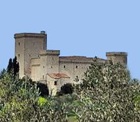

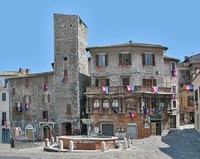
This walk around the medieval extension of Narni begins in Piazza Garibaldi. At some time in the Middle Ages, perhaps after the sack of Narni in 878, the cemetery that had existed on this site outside the Roman walls fell into disuse. A suburb that subsequently developed here, extending southwards, was subsequently enclosed by new city walls.
The fountain at the centre of the piazza was rebuilt after the sack of Narni in 1527. It stands on the site of a Roman cistern that still survives under the piazza. This cistern is some 200 square meters and was probably originally open to the sky. The present vaults apparently date to the Middle Ages, when the piazza was called Piazza del Lago. Steps to the right of the fountain lead down to it, but I have never managed to arrange a visit.
Leave Piazza Garibaldi along Via XX Settembre, on the right in the photograph above. This street, which follows the line of the ancient Via Flaminia, is named for the day in 1870 when the soldiers of King Victor Emmanuel II finally entered Rome to complete the unification of Italy.
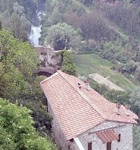
Return to and cross Via Vittorio Emanuele and continue ahead to Via XX Settembre. Turn right along it, past:
-
✴the ex-church of San Francesco delle Stimmate (18th century) at number 36, recognisable by the monogram “IHS” above the portal;
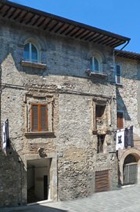
-
✴the ex-church of SS Filippo e Giacomo (14th century) at number 75, which has a fresco of the Madonna and Child in the niche above the portal;
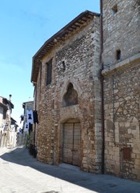
-
✴the church of Sant’ Agnese (17th century), further along on the right; and
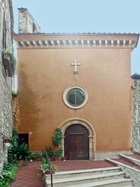
-
✴the ex-Ospedale degli Innocenti,just beyond it.
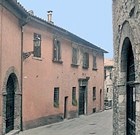
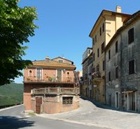
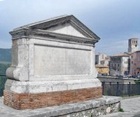
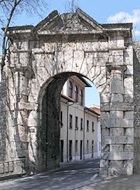
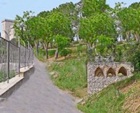
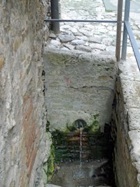
Turn right along Via Nerva, which is named for the Emperor Marcus Cocceius Nerva to Santa Margherita.
Continue along the road as it swings to the left to join Via Roma opposite the War Memorial.
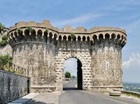
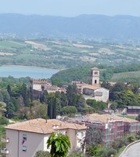
The detour to Ponte Cardona starts and ends here (see below).
Return along Via Roma to Piazza Garibaldi, where the walk ends.
Detour to Ponte Cardona
[Describe the route to the Roman bridge. Another possibility is to visit it by car en route for the Sacro Speco - see Around Narni.]



